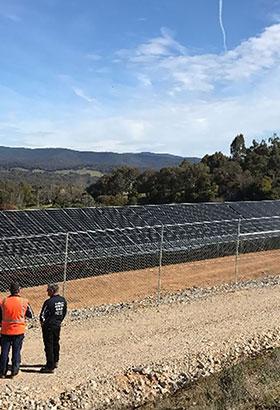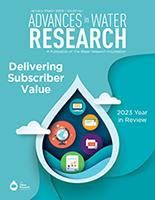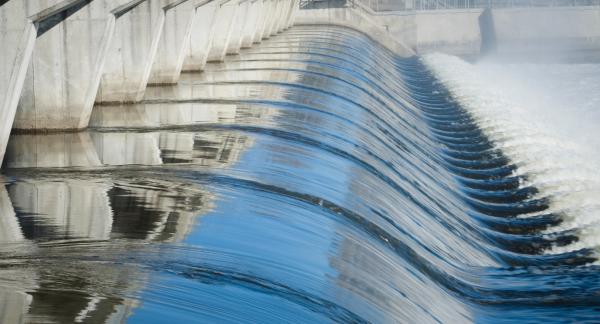Topics of Focus
Recent Updates
Reporting Period: December 1, 2023 – March 1, 2024
Reporting Period: September 1, 2023 – March 1, 2024
Reporting Period: October 2023 – February 2024
Reporting Period: June 30 – October 1, 2023
Reporting Period: September 2023 – February 2024
Reporting Period: June 30, 2021 – February 1, 2024
Reporting Period: November 15, 2023 – February 15, 2024
Reporting Period: June 1 – September 30, 2023
Events
Throughout the year, WRF hosts and participates in events that focus on critical water quality issues. From web seminars to research workshops, these events provide opportunities for you to learn about new research from water quality experts and to share ideas and connect with other industry professionals.

Case Studies on Water Sector Interdependencies

Developing Strategic Consumer Messaging for Microplastics in Drinking Water Supplies

Demonstrating the Effectiveness of Flushing for Reducing the Levels of Legionella in Service Lines and Premise Plumbing
Advances in Water Research

This issue highlights the essential research The Water Research Foundation delivered in 2023 thanks to the valuable contributions of our researchers, participating utilities, and countless volunteers.

